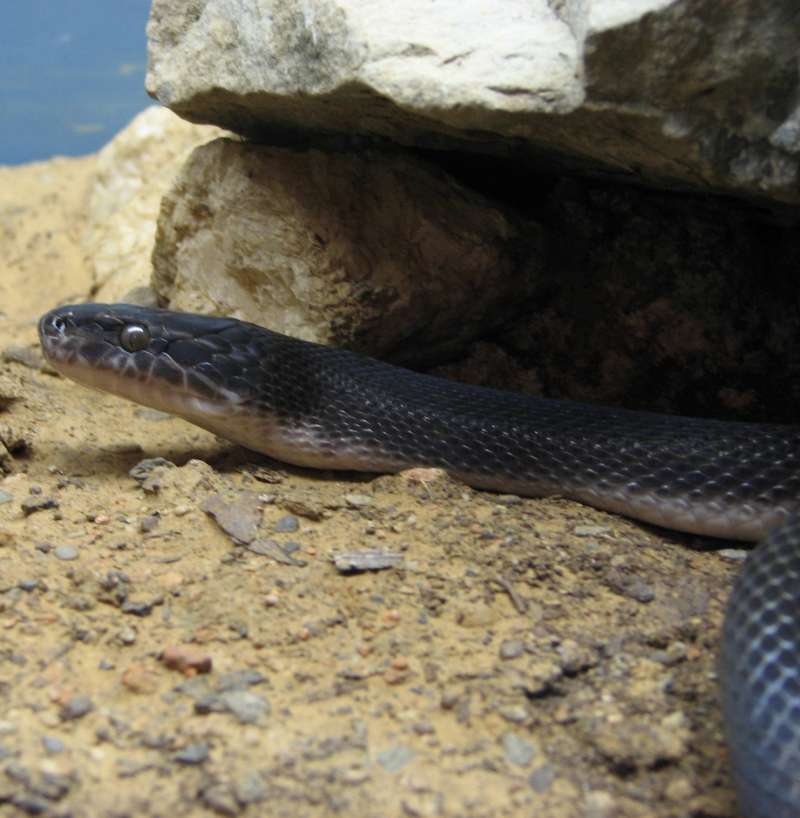
Description:
Scientific name: Lycodonomorphus inornatus
Life span: 9 years
A non-venomous snake species belonging to the Lamprophiidae family is called Lycodonomorphus inornatus, also known as the black house snake, olive house snake, and olive ground snake. People can range in color from light brown to olive gray-green or from dark olive to black, with a uniform or slightly lighter belly, particularly the throat, chin, and neck.

Native Region/Habitat
The olive house snake is found in South Africa and Eswatini, where it can be found in low-veld areas of KwaZulu-Natal, the Mpumalanga escarpment, and the Limpopo Province. It is found along the eastern coastal strip from the southern Cape to East London to the Transkei. It lives in coastal bushveld, fynbos, and grassveld where there is enough rainfall, and it can be found close to human settlements.
Behavior:
- inornatus hunts at night and is typically a terrestrial species. It is typically gentle and slow-moving, but when threatened, it could bite. Females produce 5 to 15 eggs. The olive house snake consumes other snakes, small rodents, and lizards. It is preyed upon by numerous raptors, such as the secretary bird and the snake eagle, as well as by other snakes.
Care As a pet/In captivity:
A cage for an adult must be at least 30″ long, 12″ deep, and 12″ high, though many keepers prefer a bigger cage. 10-gallon tanks can be used to raise babies. Aspen that has been shredded makes an excellent substrate. African house snakes enjoy digging.
The olive house snake consumes small rodents, lizards, and other snakes for food.
Table





